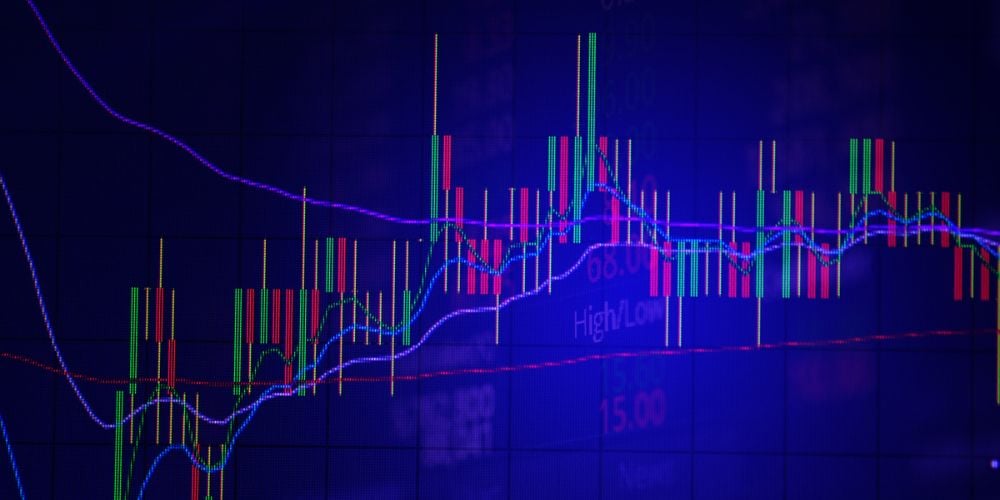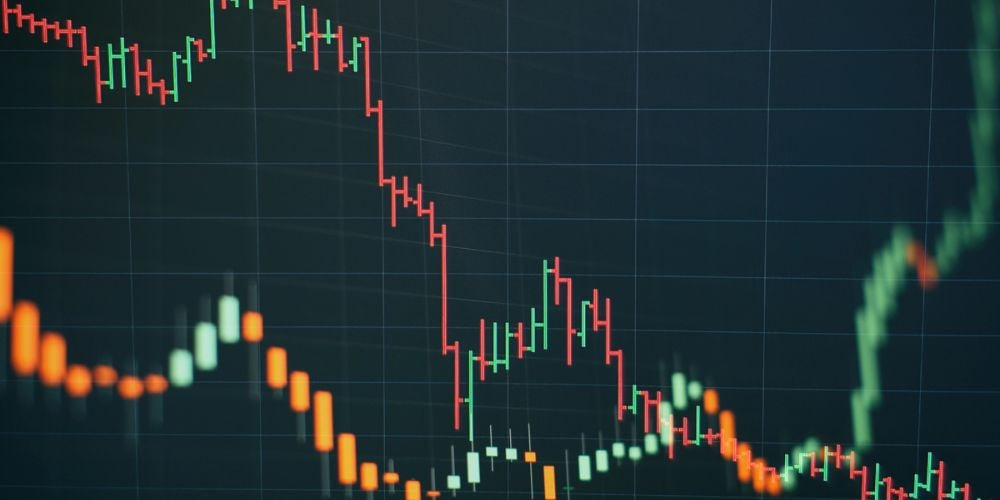In the vast and complex world of financial markets, traders rely on various tools and indicators to make informed decisions. Among these, fractals stand out due to their unique pattern recognition capabilities that help identify market directions and potential reversals.
This article dives into the essence of fractals in trading, offering insights into how they work, their application in trading strategies, and both their advantages and limitations.
What are Fractals in Trading?
Fractals in trading refer to specific patterns that repeat at different scales, providing signals about possible market movements. These patterns consist of five consecutive bars on a chart, with the central bar acting as the peak or trough, surrounded by two lower highs or two higher lows.
This structure is indicative of changing market dynamics and can signal bullish or bearish trends.
The concept of trading fractals was popularized by Bill Williams, a renowned trader and psychologist, who argued that these patterns reflect the inherent self-similarity of market movements across time frames.
Williams’ studies led to the development of the fractal indicator, a tool now commonly used in technical analysis.

How Do Fractals Work in Trading?
Identifying fractals on trading charts is straightforward, focusing on the specific formation of the five bars.
Bullish fractals signal potential upward movements when the lowest low is flanked by two higher lows before and after.
On the flip side, bearish fractals suggest downward trends, marked by the highest high with two lower highs on either side.
Key Features of Fractals in Trading
The self-similarity of fractals across time frames is particularly noteworthy. This means that no matter if you are looking at a daily, weekly, or monthly chart, fractals can appear, offering insights into trend reversals.
Moreover, fractals are not exclusive to one market or asset, showcasing their versatility as an analysis tool.
Using Fractals in Trading Strategies
Incorporating fractals into trading strategies involves more than just recognizing the pattern. Effective use requires integrating them with other technical indicators to confirm signals and manage risk.
For instance, combining fractals with moving averages can help filter out potential false signals by ensuring a trade is aligned with the broader trend.
Entry and Exit Strategies Using Fractals
Fractals play a crucial role in planning entry and exit strategies. A trader might wait for a fractal to form and then enter a trade in the direction indicated by the pattern, setting stop-loss orders to manage risk.
Similarly, fractals can signal when it might be favorable to exit a position, either to take profits or minimize losses.
Advantages and Limitations of Using Fractals in Trading
Advantages
Fractals provide a clear, easy-to-identify structure on charts, applicable across different time frames and markets. Their simplicity, coupled with the ability to complement other trading strategies, makes fractals a valuable tool for traders.
Limitations
However, fractals are not without limitations. Their reliance on past market data means they can lag in signaling changes, potentially leading to missed opportunities or false signals.
Furthermore, the subjective nature of pattern interpretation can result in inconsistent application.

Tips for Effective Use of Fractals in Trading
To overcome some of the challenges associated with fractals, traders should always use them alongside other indicators for confirmation.
Backtesting strategies that incorporate fractals can also provide valuable insights into their effectiveness.
Patience is key, as waiting for clear fractal formations before executing trades can help avoid false signals.
Frequently Asked Questions
How accurate are fractals in trading?
Fractals, like all technical indicators, are not foolproof. Their accuracy can be influenced by market conditions and how they are used in conjunction with other analysis tools.
Can fractals be used for all types of assets?
Yes, fractals can be applied across various asset classes, including stocks, forex, commodities, and cryptocurrencies, making them a versatile tool for traders.
What is the difference between fractals and other technical analysis tools?
Fractals specifically identify reversal patterns based on price movements, while other tools might focus on trend direction, momentum, or volatility.
How do fractals help in predicting market trends?
By signaling potential reversals, fractals can help traders anticipate shifts in market trends, allowing for strategic positioning.
Can fractals be applied to short-term trading strategies?
Absolutely. Fractals can be useful in both short-term and long-term trading strategies, thanks to their self-similar nature across different time frames.
Conclusion
Fractals offer a unique lens through which traders can view market movements. Their ability to signal potential trend reversals makes them a powerful tool in the arsenal of technical analysis.
However, like all indicators, understanding their advantages and limitations is crucial to employing them effectively.
By integrating fractals with other technical tools and employing sound risk management practices, traders can leverage these patterns to enhance their trading strategies. As with any trading approach, continual learning and adaptation are key to success.


 Tags:
Tags:










